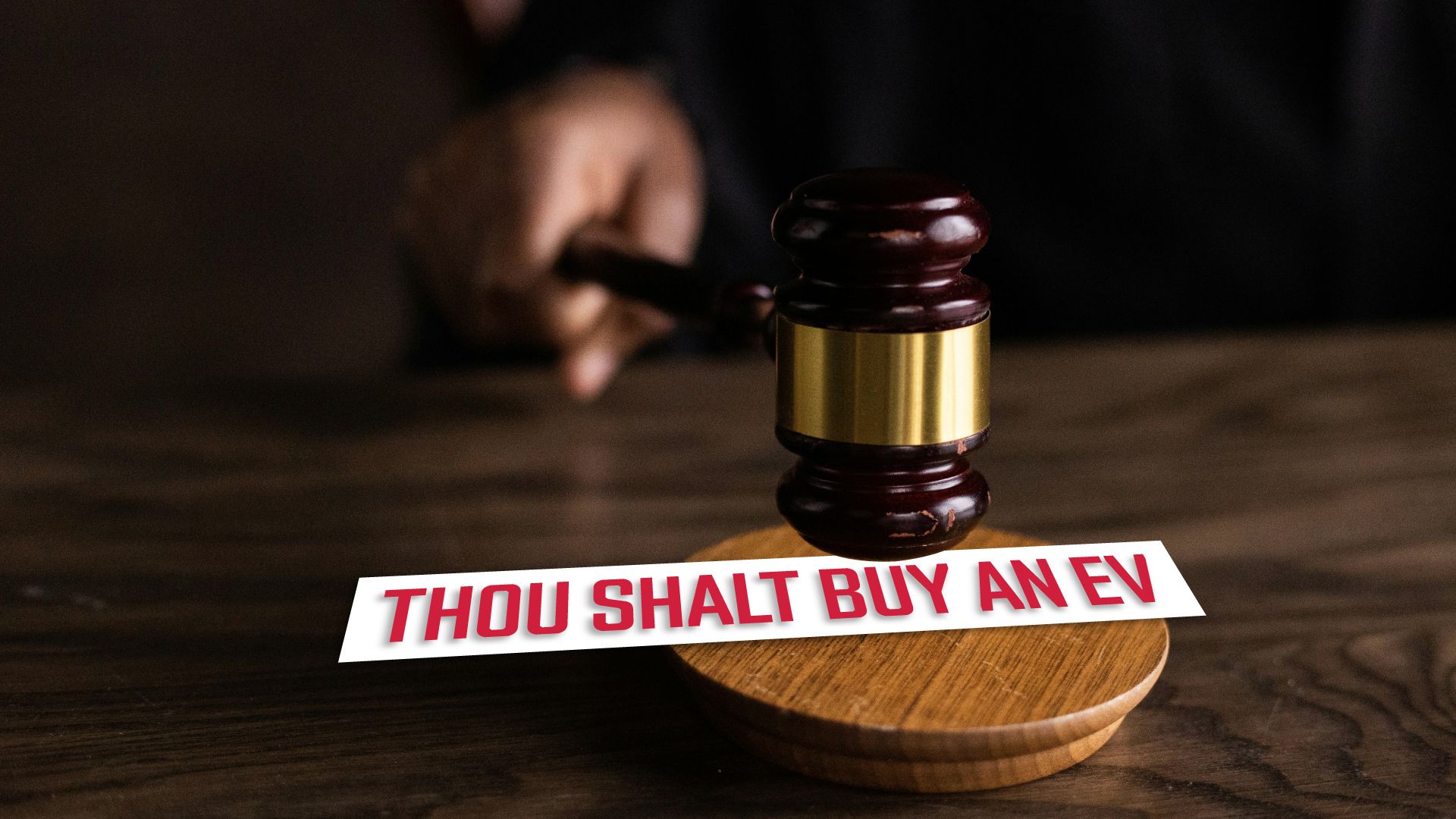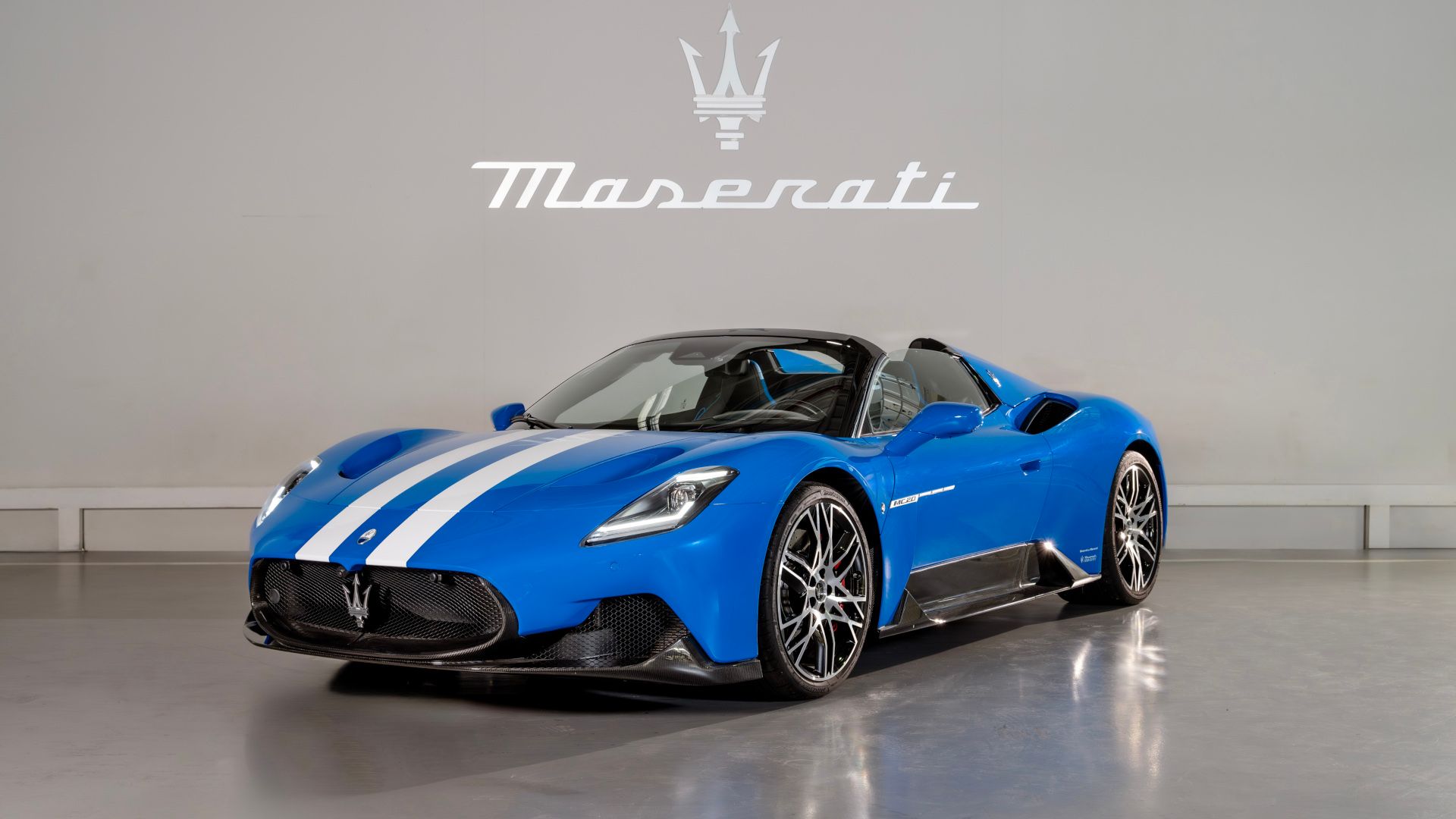Single-person occupancy carpool lane access is one of the earliest EV ownership incentives, and it’s set to end in California on September 30. According to an Automotive News report, California wants to extend the federal statute in the 1998 Transportation Equity Act for the 21st Century that allows states to give single-occupant access to high-occupancy vehicle (HOV) lanes that are driving vehicles “certified as an inherently low-emission vehicle.”
California started issuing the bumper stickers to applicants in 1999. Currently, battery-electric vehicles (BEV), hydrogen fuel vehicles, some plug-in hybrid (PHEV) models, and vehicles powered by compressed natural gas (CNG) qualify for a sticker.
Related
California Emissions Law Might Get A Big Change, With Jay Leno’s Help
A bill in California state congress would eliminate smog requirements for 35-year-old cars – if they’re on collector insurance at least.
This Might Not Be a Fight Worth Shaping Up For
Republican member of California’s state assembly, Greg Wallis, has authored a bill to extend the current access until January 1, 2027. However, that’s pending the renewal of the existing federal law by the Republican-controlled Congress. This seems unlikely as the Trump administration is enthusiastically attacking EV and environmentally friendly policies. The overall 1998 Transportation Equity Act for the 21st Century might be worth fighting for, but it’s arguable that the access rule for EVs might not be all that important.

Related
ICE And EV Laws – How California Compares To Britain And The European Union
Americans may be upset about Californian car laws, but the grass isn’t greener across the pond.
At some point, letting single-occupant EVs run in the HOV lane will have to end as it will use up the excess capacity for traffic that allows HOV lanes to run more freely, making them less attractive for ride-sharing. EVs may be zero-emissions vehicles, but they still use energy which, for the most part, still creates emissions in its generation.
California Still Backs EVs – And Has The Juice
If the EV tax credit goes away federally, which, interestingly, President Trump has not yet done, Governor Gavin Newsom has pledged to replace it for Californians by reviving the Clean Vehicle Rebate Project (CVRP). The current EV charger program has $1.4 billion earmarked from the overall $10 billion EV and infrastructure plan, but that’s not the only way it may be funded.

Related
Instead Of An Electric Supercar, Maserati Will Make The Gas MC20 Even Better
The MC20 Folgore seems to have been a big waste of time and money.
There is also a $55 million project by the California Energy Commission (CEC) to support the installation of DC fast-charging stations at retail sites, including convenience stores, gas stations, and hotels. At this point, California is the fifth-largest economy in the world and where the hybrid and EV revolution started, so it can probably sustain itself in this regard for a considerable period if that’s what most choose to drive.
That said, numerous automakers are delaying their all-electric plans due to weak demand, so the vast majority of available options worldwide (besides China) will remain combustion-powered for the foreseeable future. This is especially true since the EU has given European automakers more breathing room on their emissions limitations.
CarBuzz, its writers, editors, and owners have no affiliation with any political entity or party. The CarBuzz team comprises members with a variety of differing political and social views. This article does not support either side of the current political landscape and serves only to collate the various points of view and discuss the potential ramifications on the auto industry.
Source: Automotive News
#Part #Driving #California


